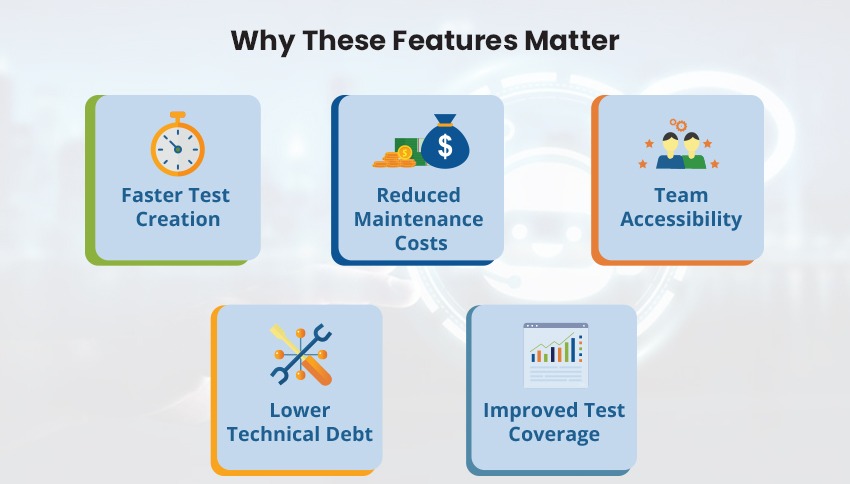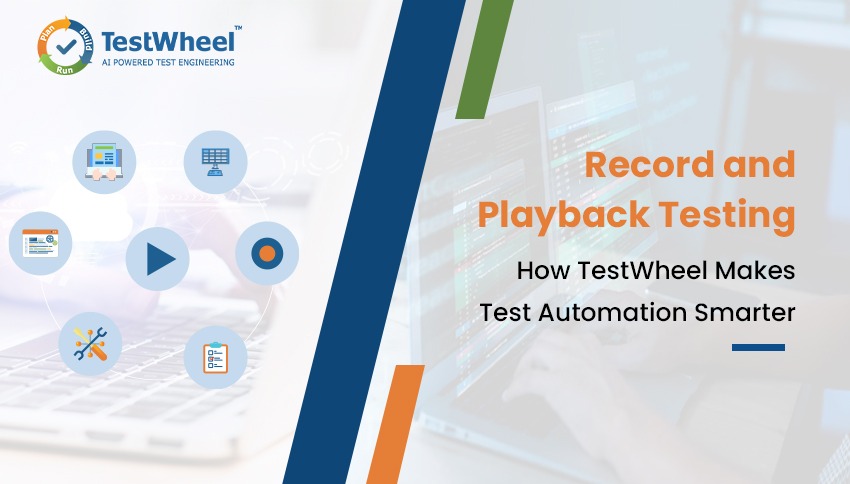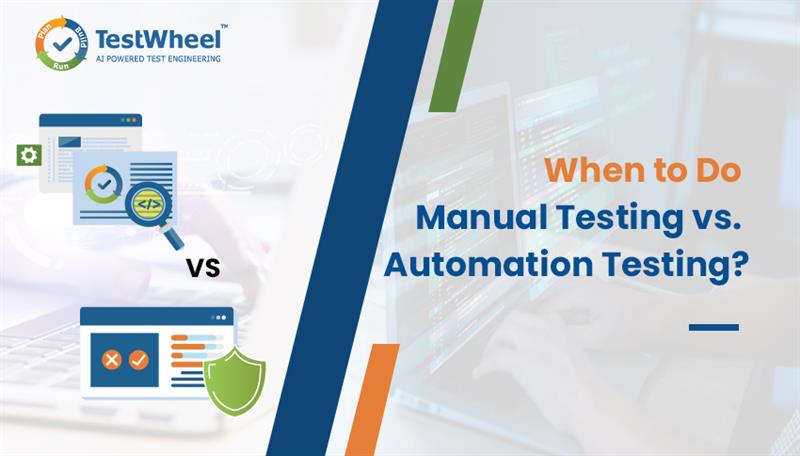- July 24, 2025

Selenium is an open-source framework for automating web application tests. It allows a user to write test scripts in programming languages such as Python, Java and c#. This tool helps teams reduce their manual testing effort and improve the test cycles of web applications.
But anyone who has worked with Selenium knows that building and maintaining their test cases in the long run isn’t simple. Scripts often break with UI changes and maintenance is an ongoing effort. Writing these tests requires strong coding skills, and running tests reliably in parallel is a challenge.
Because of these issues, relying solely on Selenium for web testing can limit how effectively teams can scale or speed up their QA process.
Table of Contents
How Selenium Limits Testing
QA managers and developers often cite these challenges when using Selenium
Only team members with coding knowledge can contribute to the testing process. Teams must standardize with one programming language. For instance, if one team member writes a selenium script in python, anyone who wants to maintain or update that test must also know python.
Flaky Tests: Brittle locators often result in test failures when UI changes are made. Requires teams to spend time maintaining test cases that are already built when they could be running additional tests or spending time on app development.
Parallel Execution Problems: trying to run regression tests simultaneously can result in inconsistent outcomes.
Framework Maintenance: For reporting and CI/CD integrations, teams must create and manage their own integration infrastructure.
Limited Testing Coverage: Selenium only supports web testing, so teams must rely on additional tools like Appium for mobile testing or Postman for API testing. This leads to fragmented workflows.
Overcoming Selenium Limitations with Test Automation Adaption
As an open source or manual testing alternative, development teams are turning to test automation platforms to expand their testing coverage, decrease testing time and improve their team’s efficiency.
When evaluating test automation platforms, it’s crucial for QA managers to select one that aligns with their testing needs and budget. Some things to look for and provide the best value proposition would be, complete test coverage, AI assistance, test reporting, and comprehensive test management to ensure it is both modern and flexible enough to meet the needs of today’s development teams.
QA and Testing Leads Should search for the following features when evaluating testing platforms,

Low-code or no-code Test Authoring: Allows non-developers to build tests easily either with AI support or user-friendly interfaces such as test cases written in plain English.
Record-and-Playback: A method of creating tests cases by recording screen interactions and using their clicks to create test steps
Self-Healing Locators with AI: With Ai, a test automation platform will automatically update test steps when UI changes occur, eliminating the ongoing maintenance often required with Selenium. Self-healing features reduce flaky test failures.
Stable Parallel Execution: Runs multiple tests simultaneously while allowing users to keep working by authoring and creating new tests.
Complete Testing Support: Provides testing coverage for web, mobile, API and load within a single platform for simplicity and availability.
Selenium vs. Modern Test Automation Platforms
| Features | Selenium | Test Automation Platform |
|---|---|---|
| Test Creation | Requires strong programming skills | No-code/low-code interfaces with AI assistance |
| Test Stability | Tests often break due to UI changes (flaky tests) | AI-driven self-healing locators automatically revise test steps when UI changes are made |
| Test Coverage | Primarily web UI automation | Some platforms combine your testing needs for web, mobile, API and load testing |
| Parallel Execution | Difficult and unreliable to run tests simultaneously | Stable and scalable parallel execution for several tests |
| Test Management | No built-in test organization, reporting, or collaboration tools | Integrated test management, reporting dashboards, and collaboration |
| Framework Setup | Teams build and maintain their own frameworks and integrations | Ready-to-use with CI/CD integration with tools like Jira and Azure DevOps |
| Community & Support | Large open-source community but no commercial support | Vendor-backed support, expert assistance, and regular updates |
TestWheel – The Test Automation Alternative to Selenium
Here at TestWheel, we provide a low-code solution designed for teams transitioning from Selenium/open source based testing. Our platform delivers complete test coverage for Web, mobile, API and load tests. It provides a selenium alternative with AI self-healing to avoid flaky test failures often found with Selenium UI changes. Additionally, if your team has existing manual test cases or Selenium scripts, TestWheel will convert them to automated tests using an AI chatbot, making the transition for teams easier.
TestWheel provides a modern, scalable alternative to traditional frameworks helping teams move faster, reduce maintenance, and increase test reliability.



